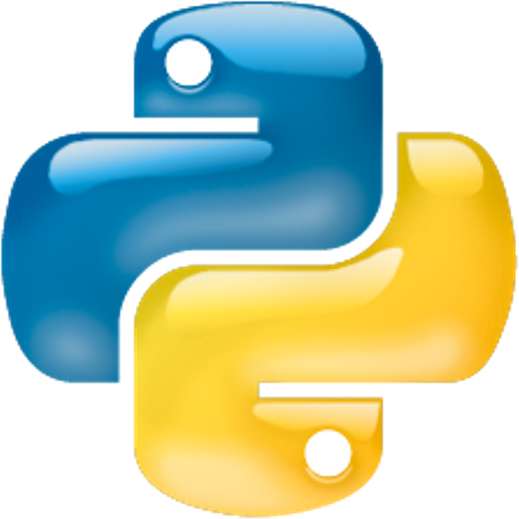Table of Contents » Chapter 5 : Disciplines : Sports
Sports
Overview
Python programming has become an essential tool in the field of sports, offering applications that bridge the gap between the physical and digital domains. In the realm of sports analytics, Python is commonly used to collect, analyze, and visualize data to gain insights into player performance, team dynamics, and strategic planning. It allows analysts to scrutinize past games and performances using statistical methods and predictive models, thus enabling the development of enhanced training strategies, injury prevention, and talent identification.
Furthermore, Python plays a key role in the burgeoning field of sports science, where it is used to process biometric data from wearable technology. This data, which often includes metrics like heart rate, speed, and acceleration, is analyzed to optimize performance and reduce injury risk. In the business aspect of sports, Python is utilized for operations such as ticket pricing optimization and social media analysis. Additionally, in e-sports and game development, Python is used in backend development, AI development, and data management. Overall, Python's versatility and the strong support of its data-centric libraries make it a go-to language in the various sub-disciplines of sports.
- Sports Analytics: Python is used to collect, process, and analyze large volumes of performance data to provide insights to coaches and players about team and individual performances. This can include statistical analysis, predictive modeling, and other data-driven techniques.
- Sports Medicine and Biomechanics: Python can be used to analyze data collected from wearables and medical devices to monitor athlete health, understand injury risks, and optimize performance.
- Sports Psychology: Python can be used for research purposes, such as analyzing survey data or conducting experimental studies.
- Sports Business and Management: Python can be used for various business-related tasks such as ticket pricing optimization, market research, sales forecasting, and social media analysis.
- E-sports and Game Development: Python is often used in backend game development, AI character programming, and data management in e-sports.
- Fitness and Personal Training: Python can be used to develop and manage personalized training and nutrition plans, based on data analysis from wearables or user inputs.
- Sports Journalism: Data visualization tools in Python can be used to create compelling graphics and interactive stories for sports journalism.
- Equipment Design: Python, often in conjunction with other software, can be used in the design and testing of sports equipment, such as using computational fluid dynamics to design more aerodynamic cycling helmets or running shoes.
- Sports Betting: Python is used to analyze historical data and use predictive models to estimate the probabilities of specific outcomes in sports events.



